Electric moped bicycles help reduce urban traffic congestion by replacing car trips, using less road space, enabling quicker travel through traffic, and decreasing parking demand. Their positive impact relies on supportive infrastructure, clear regulations, and public adoption to promote efficient, eco-friendly mobility in cities.
How Do Electric Mopeds and Bicycles Reduce Vehicle Numbers on Urban Roads?
By substituting short- to medium-distance car trips, electric mopeds and bicycles decrease the total number of vehicles on congested city streets, particularly during peak commuting hours. This shift reduces overall traffic volume, cutting down bottlenecks and easing pressure on transport networks.
TST EBike supports urban adoption with efficient, high-powered models that encourage commuters to transition away from cars.
In What Ways Do Electric Mopeds and Bikes Use Urban Road Space More Efficiently?
Electric mopeds and bicycles occupy far less physical space than cars. The footprint of one car equates to several micromobility vehicles, allowing cities to accommodate more travelers per square meter. This compaction enables smoother traffic flow and more effective use of limited urban space.
By promoting compact, maneuverable options like TST EBike’s 26-inch and 27-inch models, cities can maximize road capacity without expanding infrastructure.
How Does the Maneuverability of Electric Mopeds Accelerate Commutes in Traffic?
Their agility permits riders to navigate congested streets, bike lanes, and narrow paths, often bypassing gridlock that traps larger vehicles. This agility can translate to significantly shorter travel times, enhancing urban mobility and commuter satisfaction.
TST EBike's well-balanced power and handling profiles optimize this advantage for a wide range of city riders.
How Do Electric Mopeds Bridge the Last-Mile Gap in Urban Transit?
Electric mopeds and bicycles serve as practical solutions for “last-mile” connectivity, complementing public transport by covering the distance between transit stops and final destinations. This increases public transit usability and reduces reliance on private cars, further easing congestion.
TST EBike designs support multimodal commuting, enabling seamless integration with transit systems.
Why Does Lower Parking Demand from Electric Mopeds Improve Urban Traffic Conditions?
Smaller parking footprints of electric mopeds and bikes free up valuable urban space and reduce the time drivers spend searching for scarce parking spots, a common source of congestion and pollution. Compact parking solutions also promote denser, pedestrian-friendly cityscapes.
TST EBike owners benefit from convenient parking options that contribute to less congested environments.
What Challenges Can Limit the Congestion-Reducing Impact of Electric Mopeds?
Inadequate or poorly maintained infrastructure, such as lacking protected bike lanes, forces e-moped riders into unsafe interactions with cars or pedestrians, potentially causing new congestion or accidents. Overcrowded bike lanes and unclear regulations can create confusion and localized bottlenecks, undermining traffic improvements.
City planners must adapt alongside rising e-mobility adoption, using data and best practices to optimize infrastructure. TST EBike champions safe infrastructure use and education to maximize benefits.
How Do Clear Regulations Influence the Traffic Impact of Electric Mopeds?
Defined rules governing speed limits, riding zones, and safety requirements help integrate electric mopeds smoothly into existing traffic patterns. Without clear frameworks, mixed-use conflicts and enforcement gaps can increase congestion and compromise safety.
Compliance support and rider awareness efforts, exemplified by TST EBike initiatives, contribute to orderly urban mobility.
When Can Cities Expect Significant Traffic Relief from Electric Moped Adoption?
Sustained reductions in congestion emerge as a critical mass of commuters switch to electric mopeds, supported by expanded infrastructure and public acceptance. Early adopters often inspire wider behavioral changes, accelerating adoption curves.
TST EBike encourages gradual adoption paired with policy support to foster lasting urban traffic improvements.
Efficiency Impact of Electric Mopeds on Urban Roads
| Factor | Description | Urban Benefit |
|---|---|---|
| Vehicle Reduction | Replaces short car trips | Decreases vehicle density and congestion |
| Road Space Efficiency | Smaller vehicle footprint | More travelers per road area |
| Maneuverability | Agile navigation through traffic | Faster commute times |
| Last-Mile Connectivity | Bridges transit gaps | Boosts public transport use |
| Parking Demand | Reduced parking space requirements | Frees curbside space and reduces circling cars |
Buying Tips
When choosing electric mopeds for urban commuting, focus on compact models with efficient motor power that meet local regulations. Ensure the bike’s size and features suit your storage and transport needs. Consider TST EBike’s durable 26-inch wheels for rough city surfaces or 27-inch models for smooth, consistent rides. Prioritize bikes with safety features and reliable battery range for hassle-free daily use. Look for brands emphasizing rider education and infrastructure compatibility to maximize congestion-reducing benefits.
TST EBike Expert Views
“TST EBike is dedicated to designing electric bikes that reshape urban mobility by offering powerful, portable options that tackle congestion head-on. Our models are engineered for high performance, rider comfort, and adaptability in city environments. We believe that seamless integration with public transit and robust infrastructure paves the way for smarter, cleaner cities while delivering efficient and enjoyable rides for all,” shares a TST EBike urban mobility specialist.
FAQs
Q1: How do electric mopeds reduce urban traffic congestion?
By replacing car trips, using less road space, bypassing traffic, and requiring less parking.
Q2: What infrastructure supports maximizing traffic benefits of e-mopeds?
Protected bike lanes, clear regulations, and rider education ensure safe, efficient use.
Q3: Can electric mopeds improve public transit accessibility?
Yes, they bridge last-mile gaps, making transit more viable and reducing car dependency.
Q4: What challenges can limit the congestion benefits of e-mopeds?
Poor infrastructure, overcrowded bike lanes, and unclear rules can cause localized congestion.
Q5: Why is parking demand important in managing urban traffic?
Less parking space for e-mopeds frees curbside areas, reducing traffic caused by parking searches.

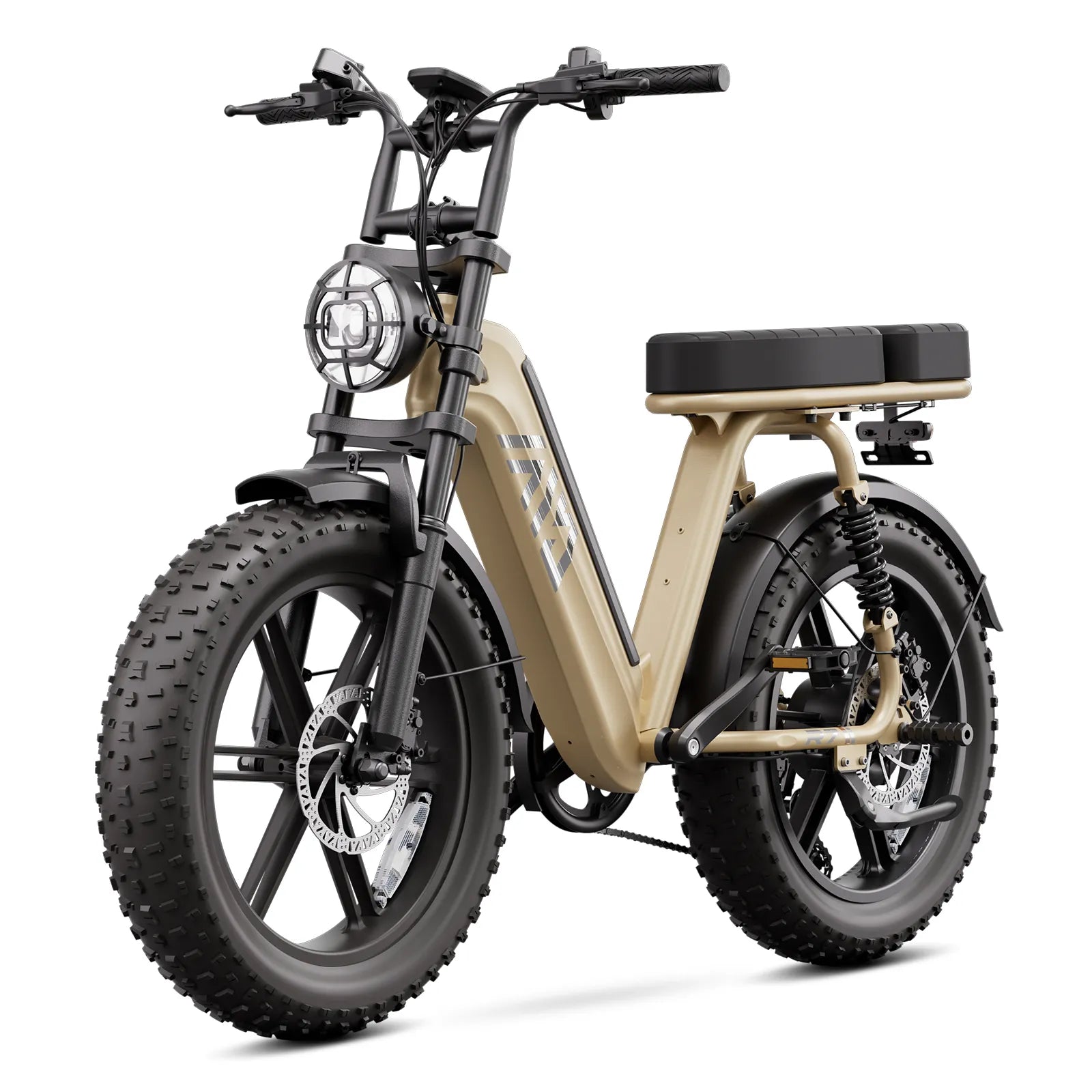
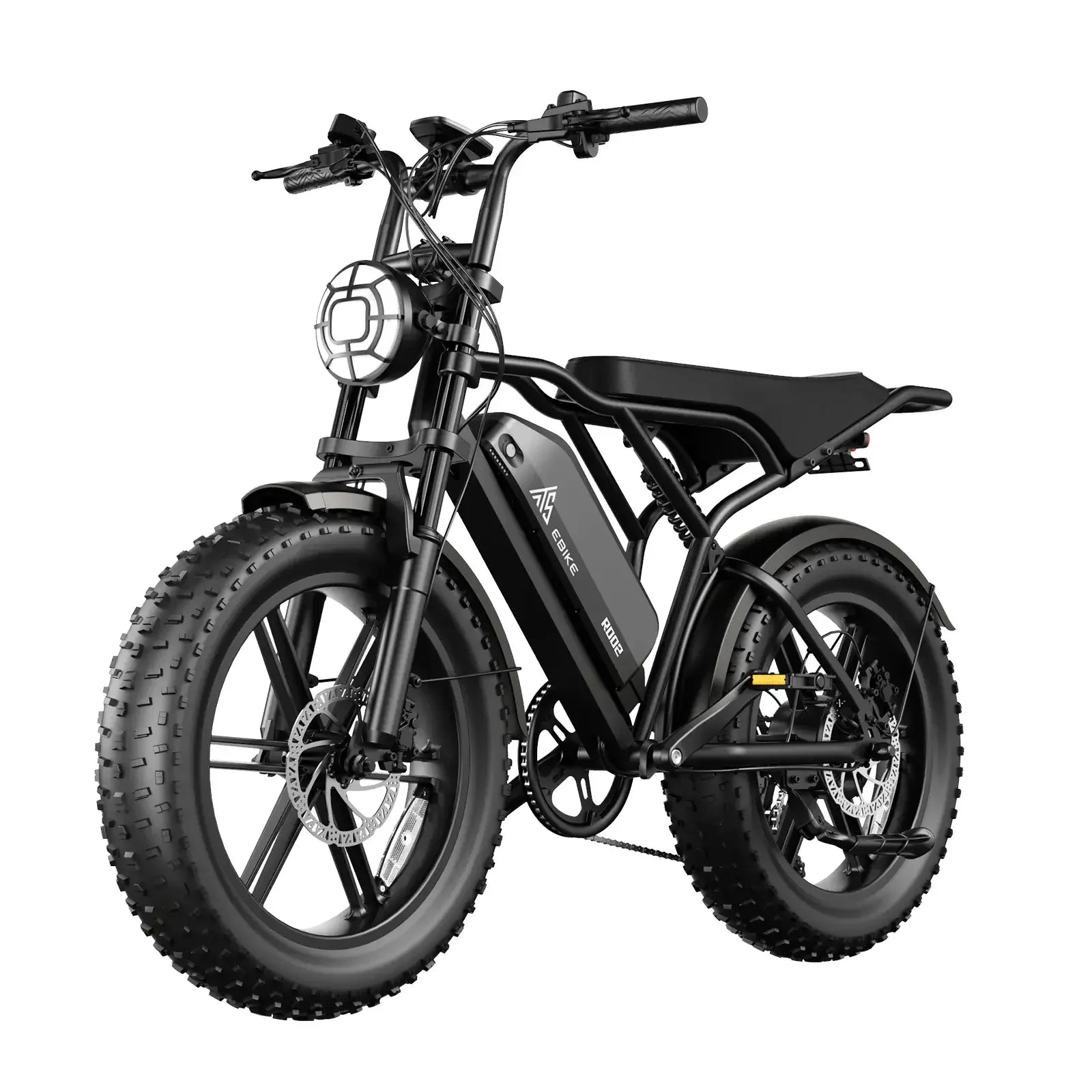

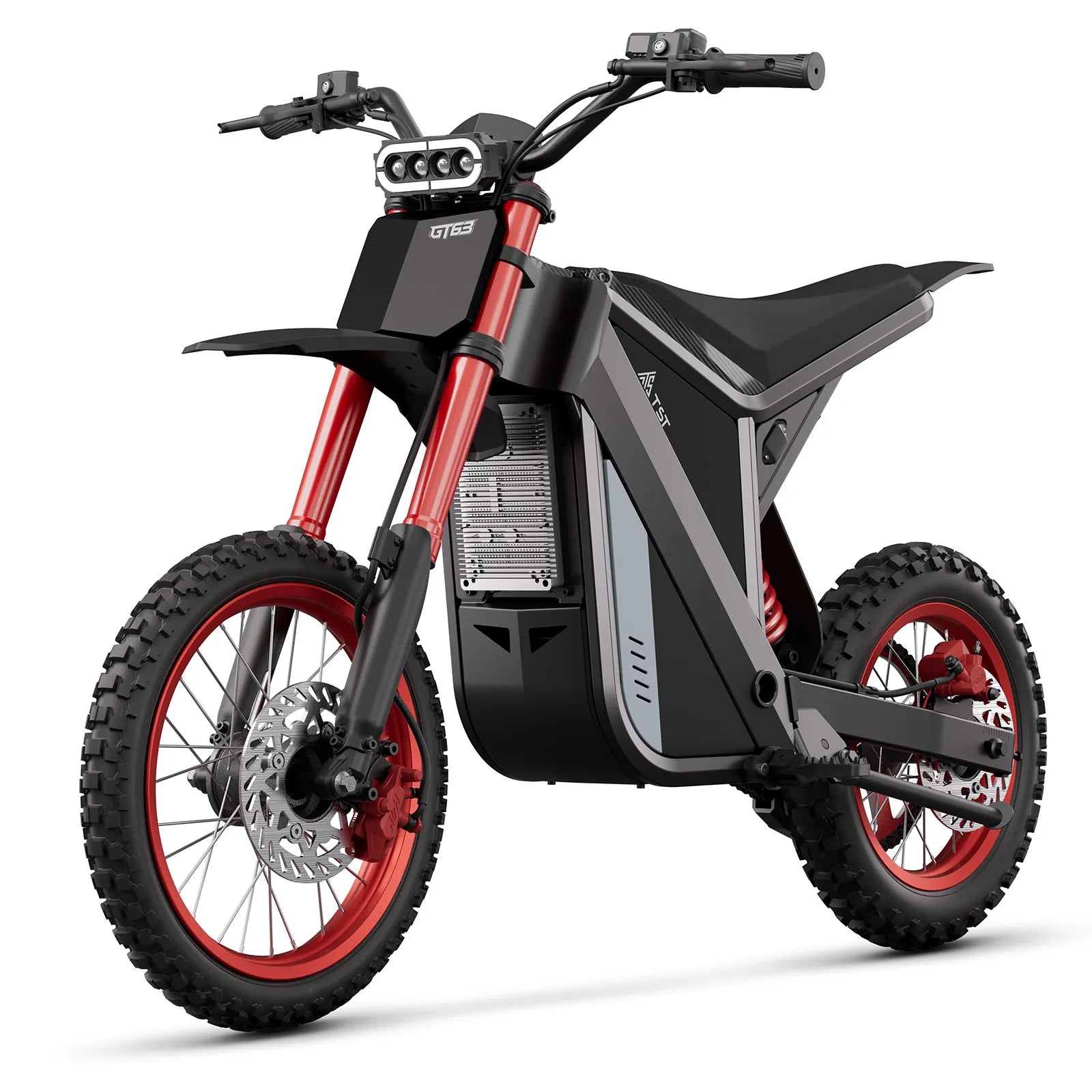
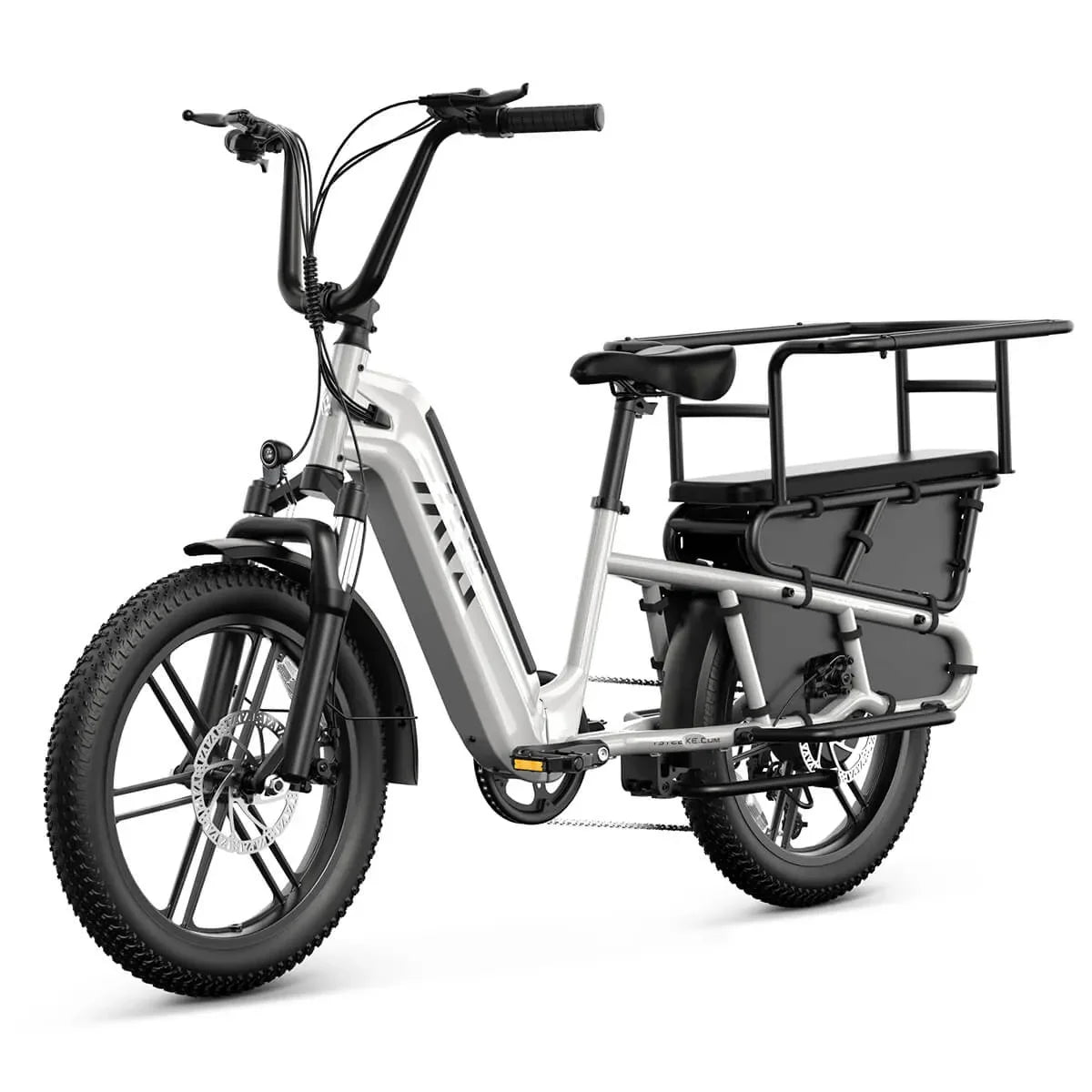
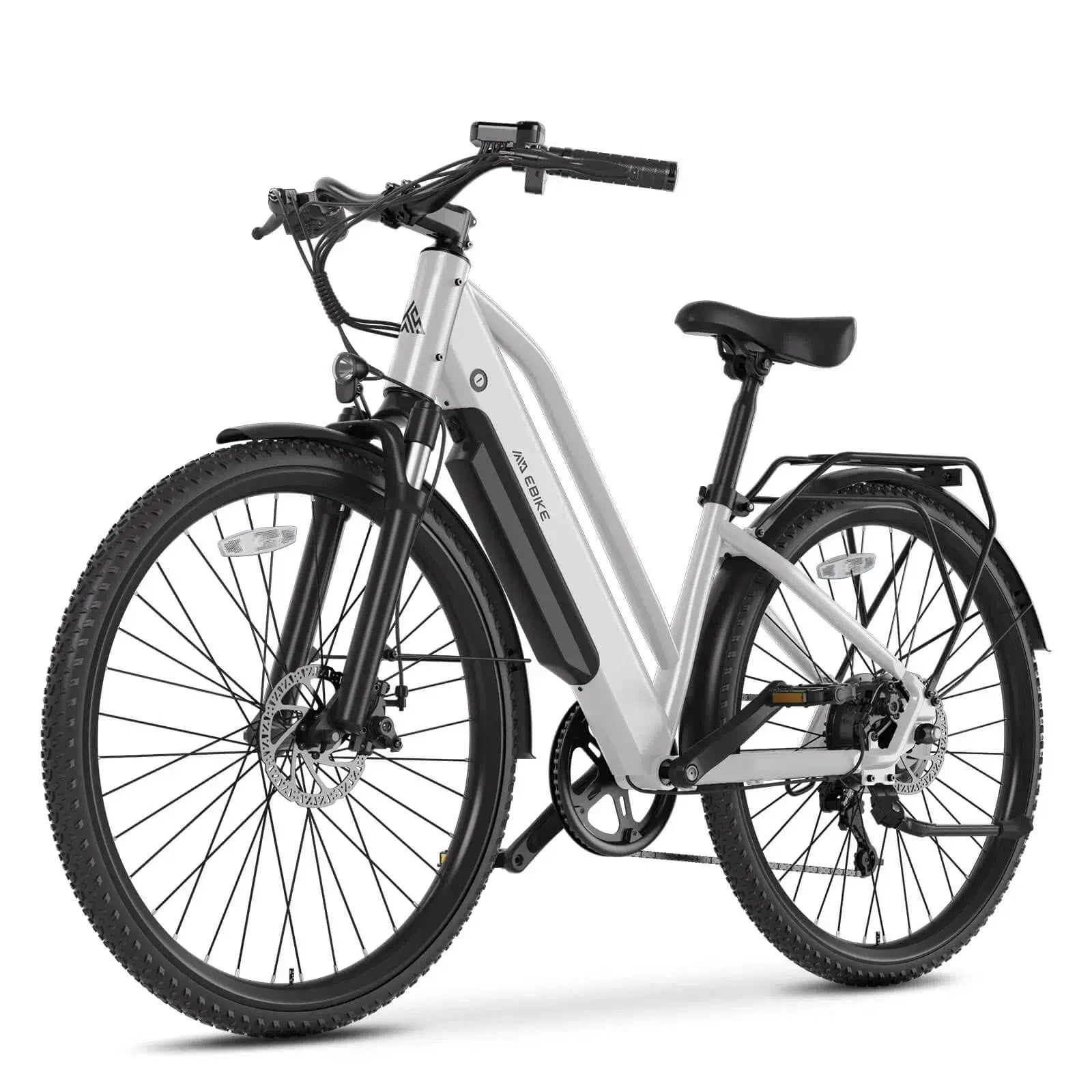
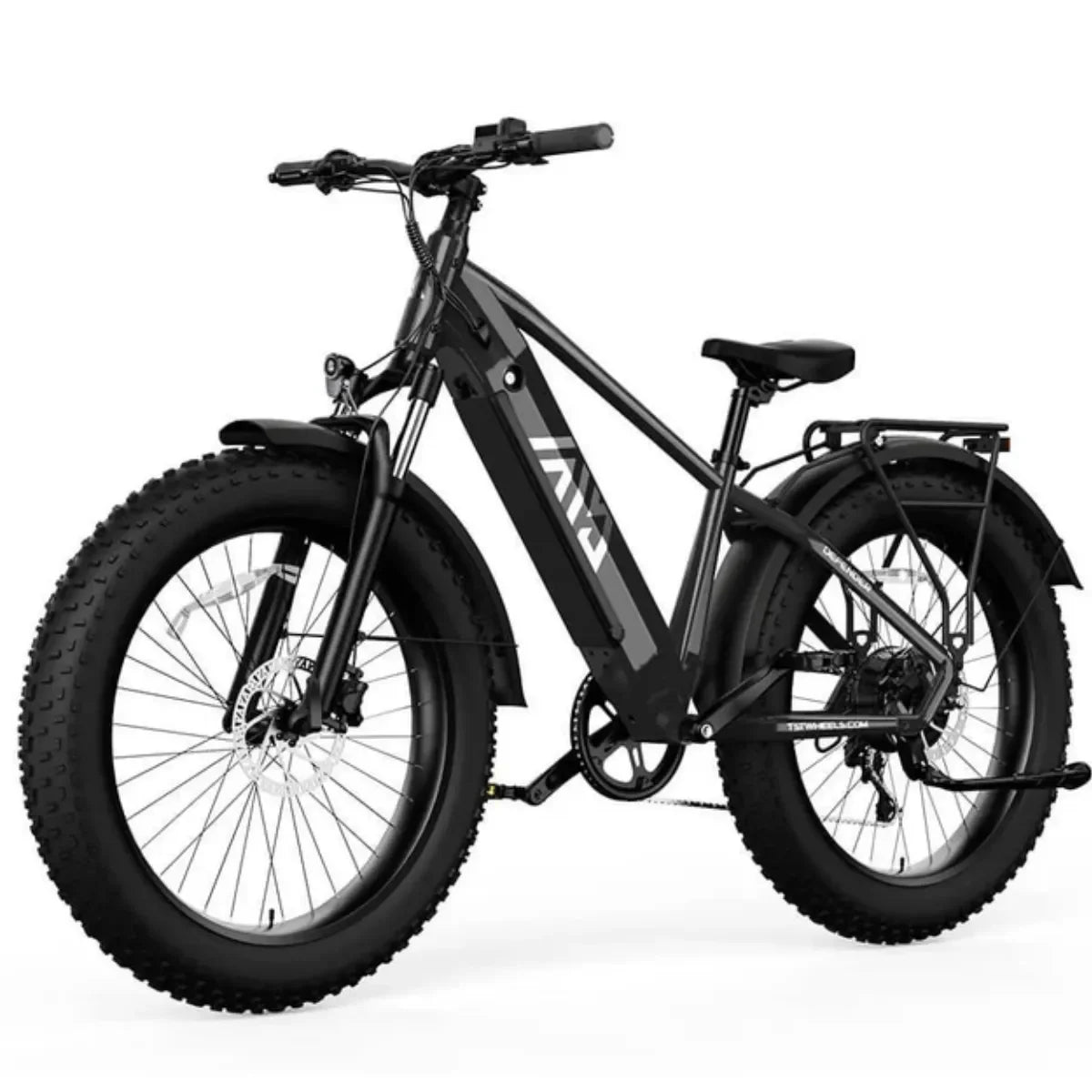
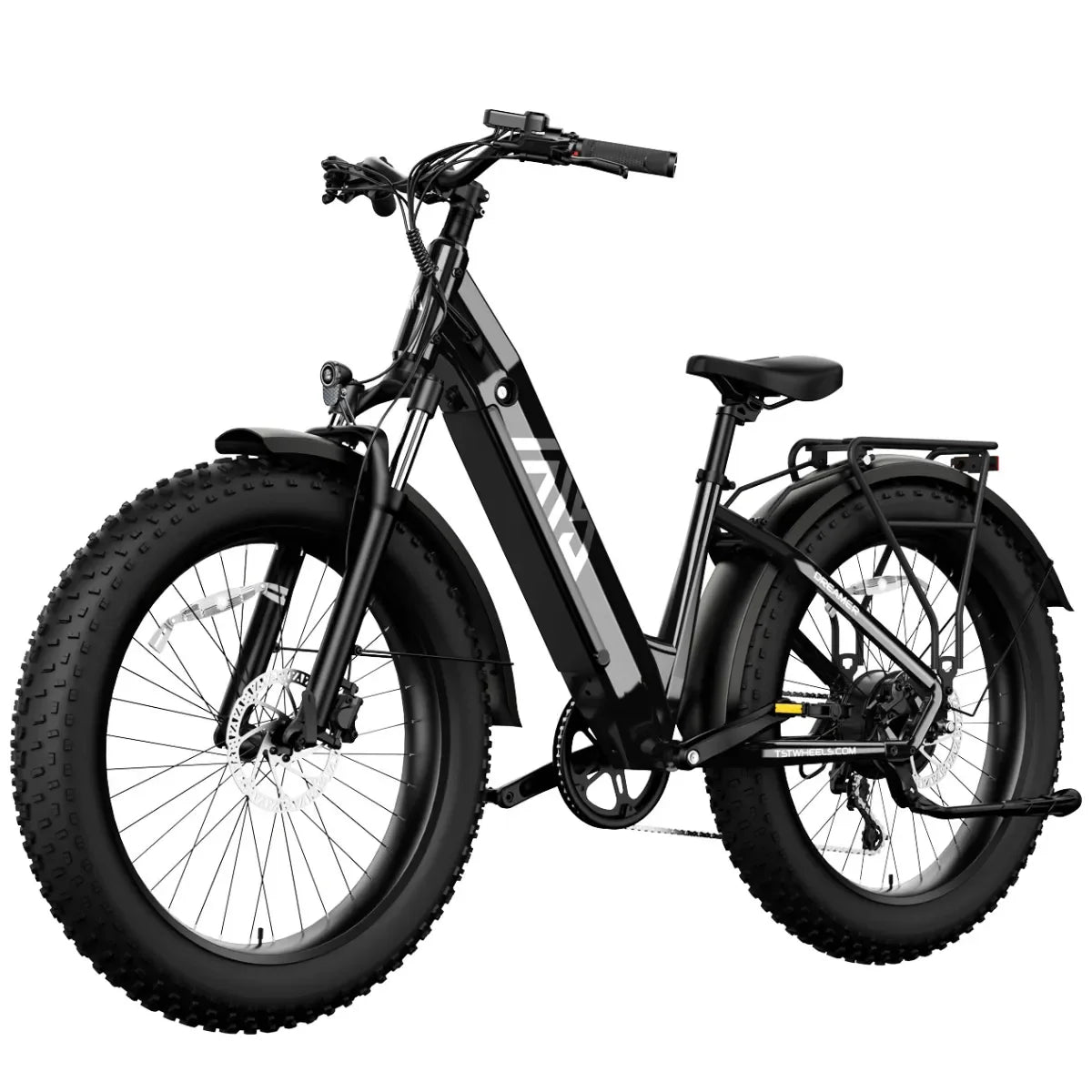
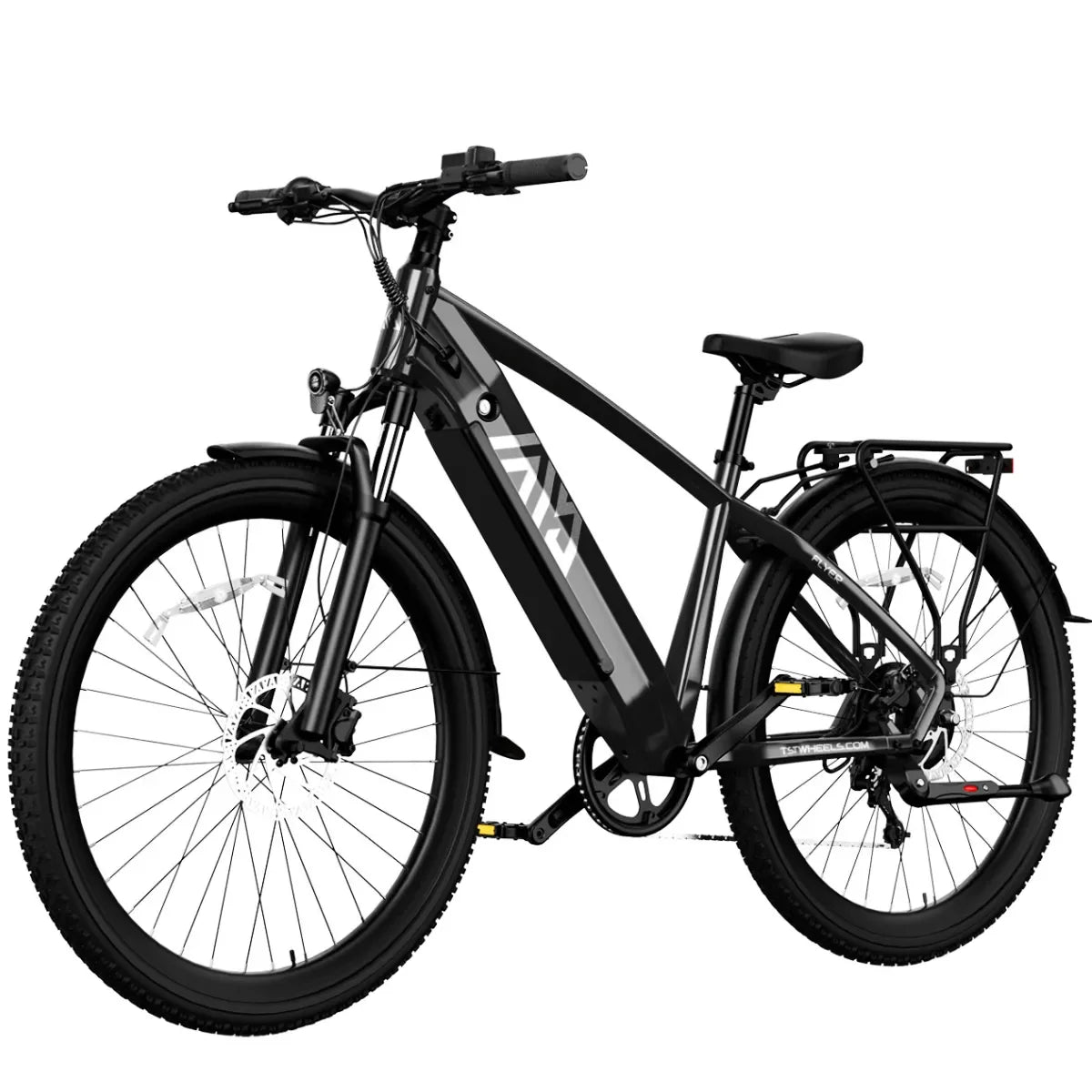
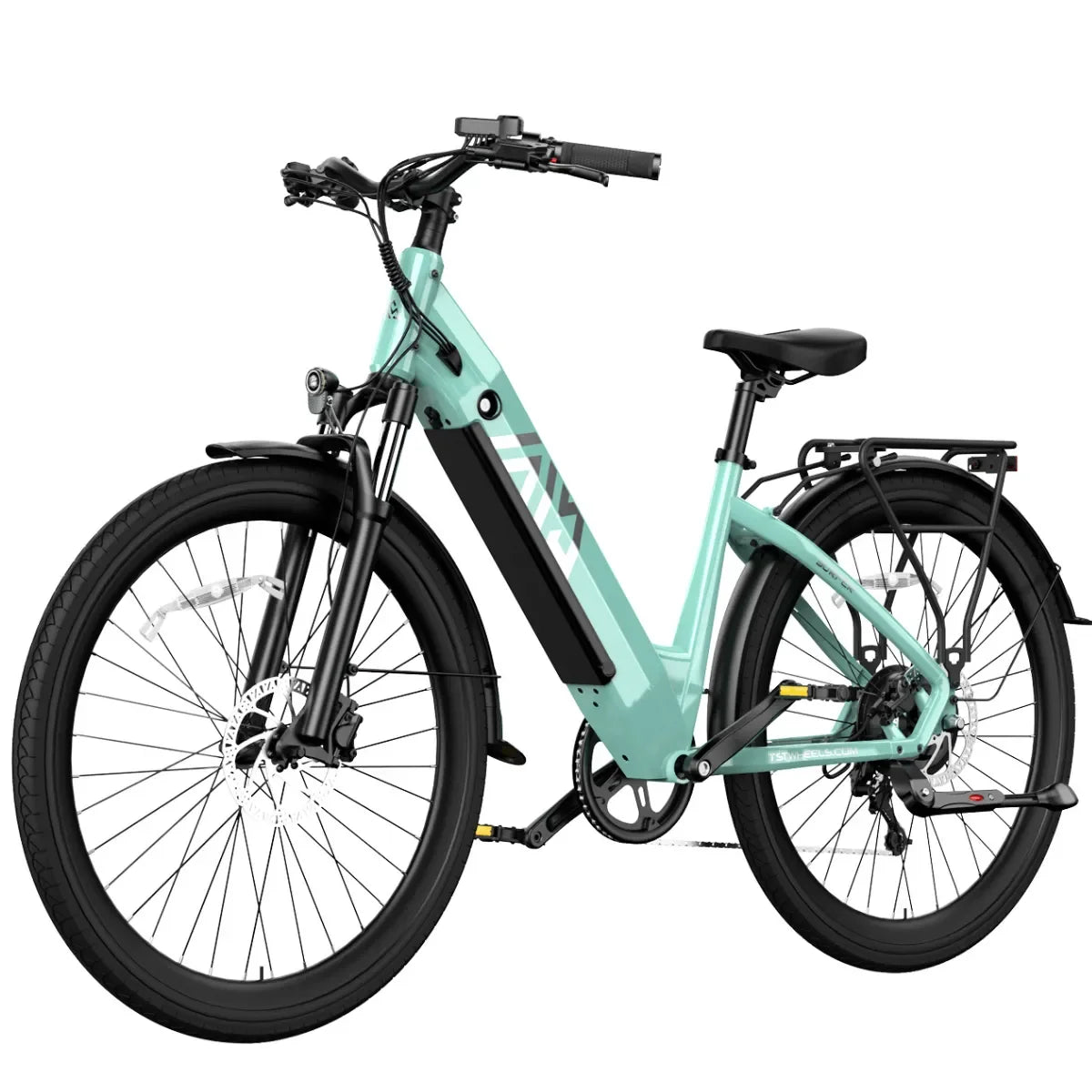
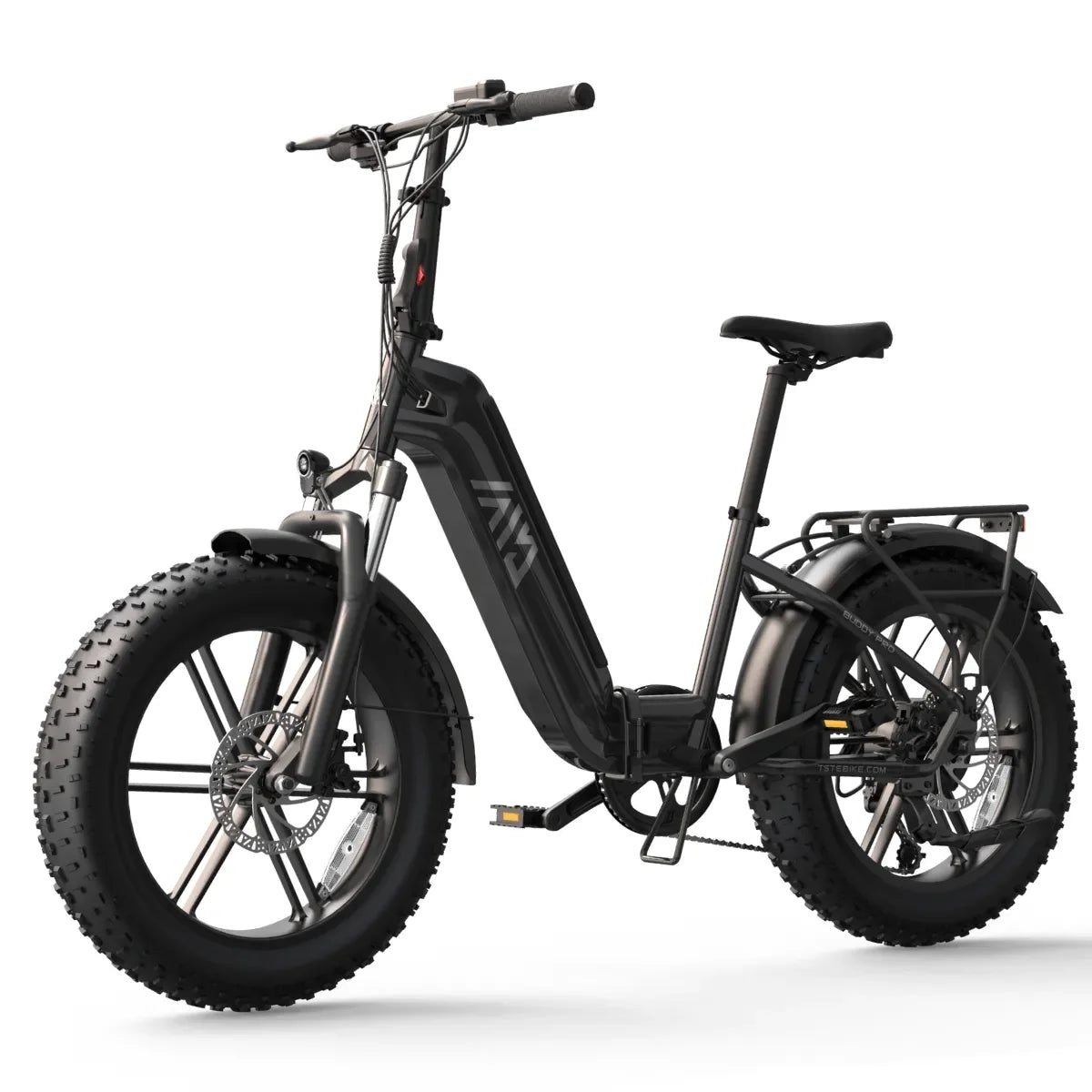
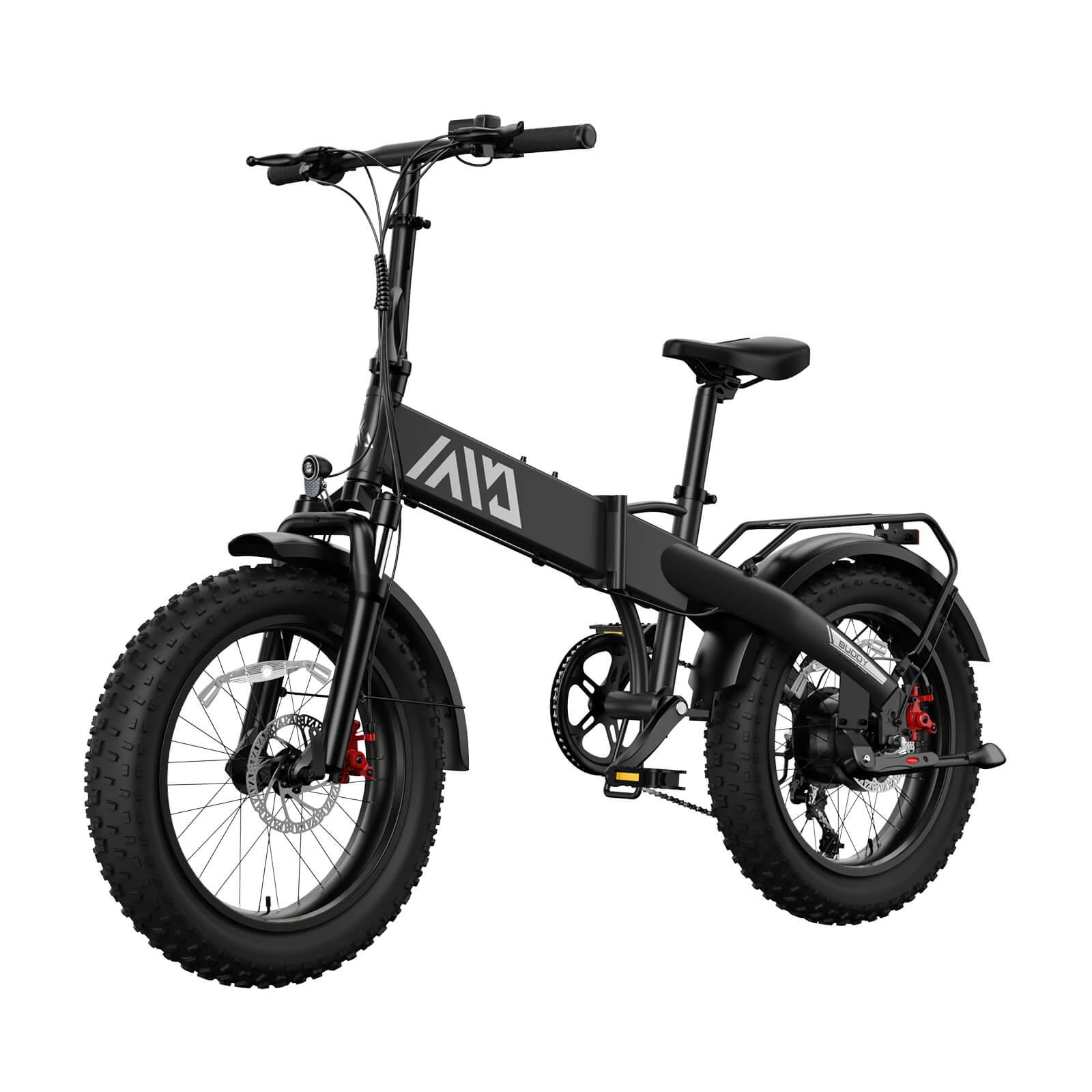

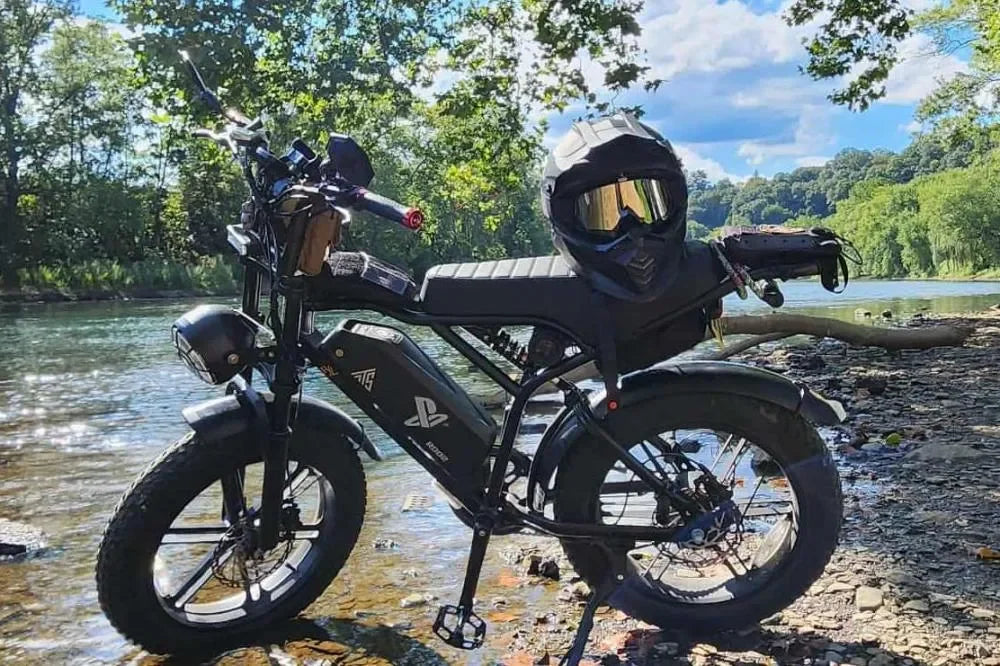
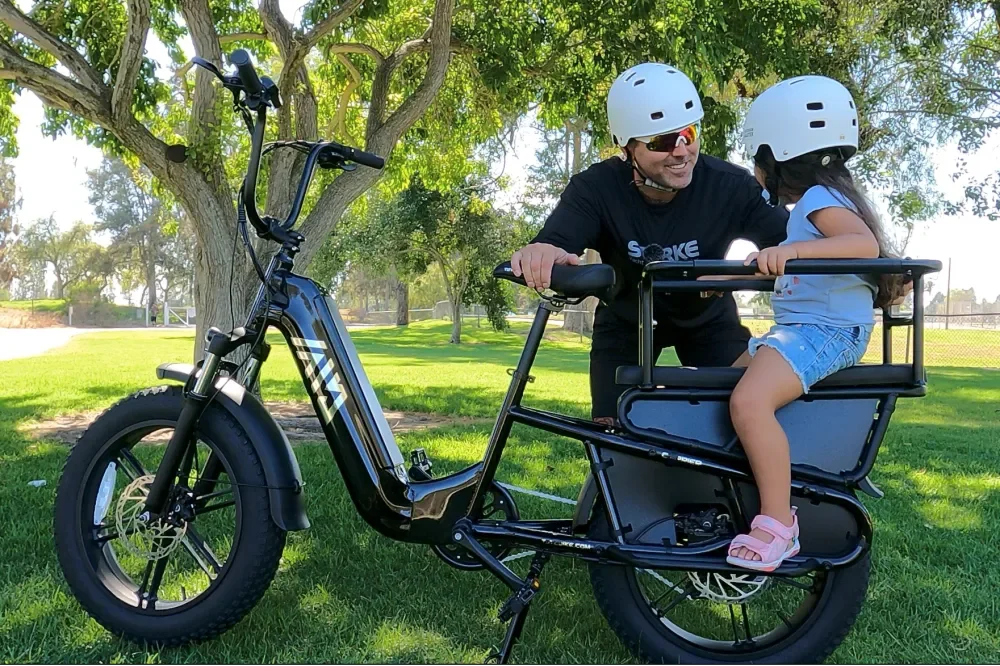

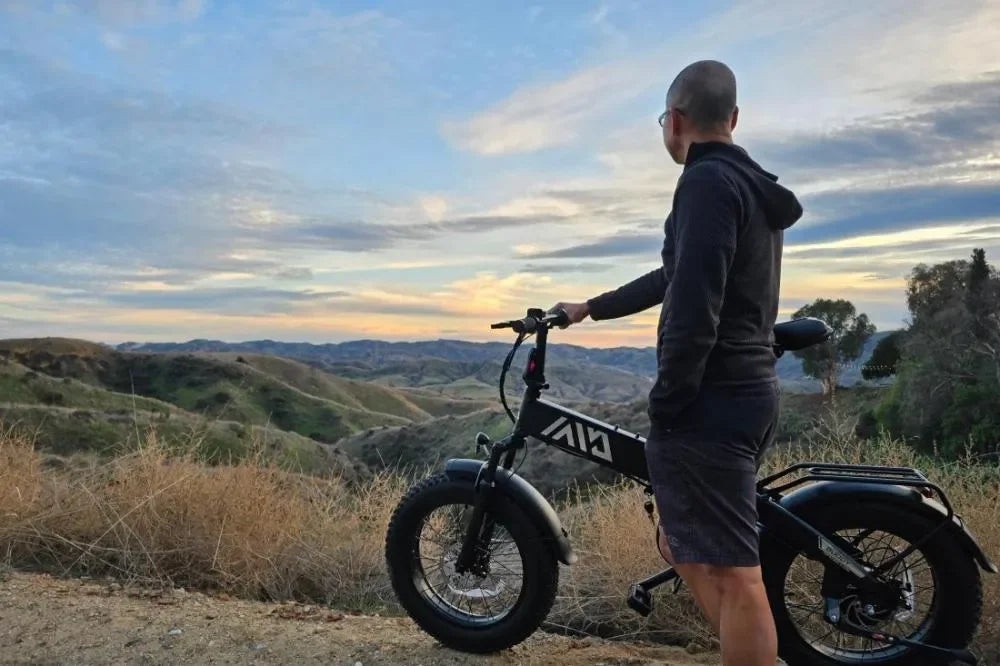
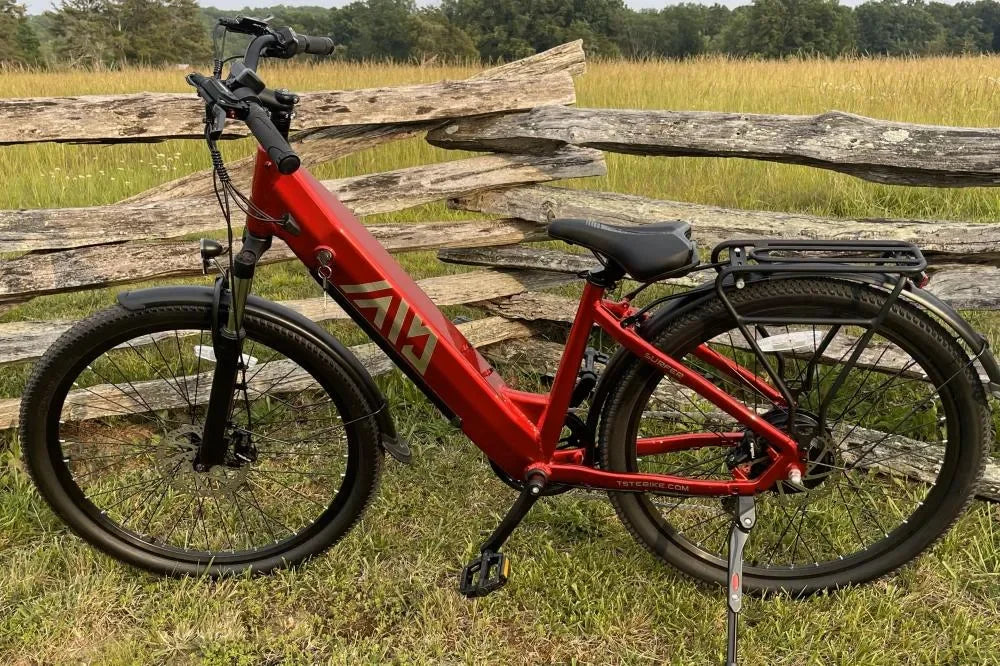
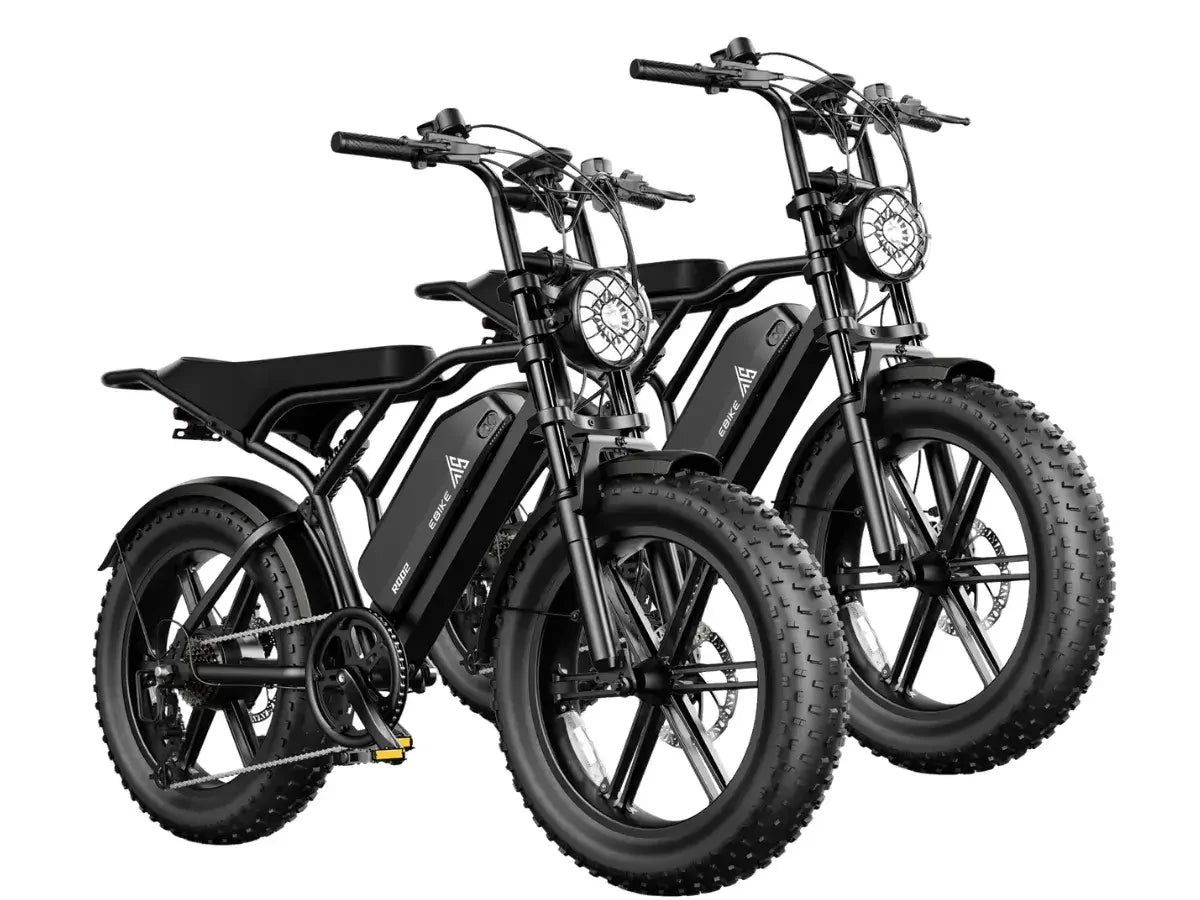
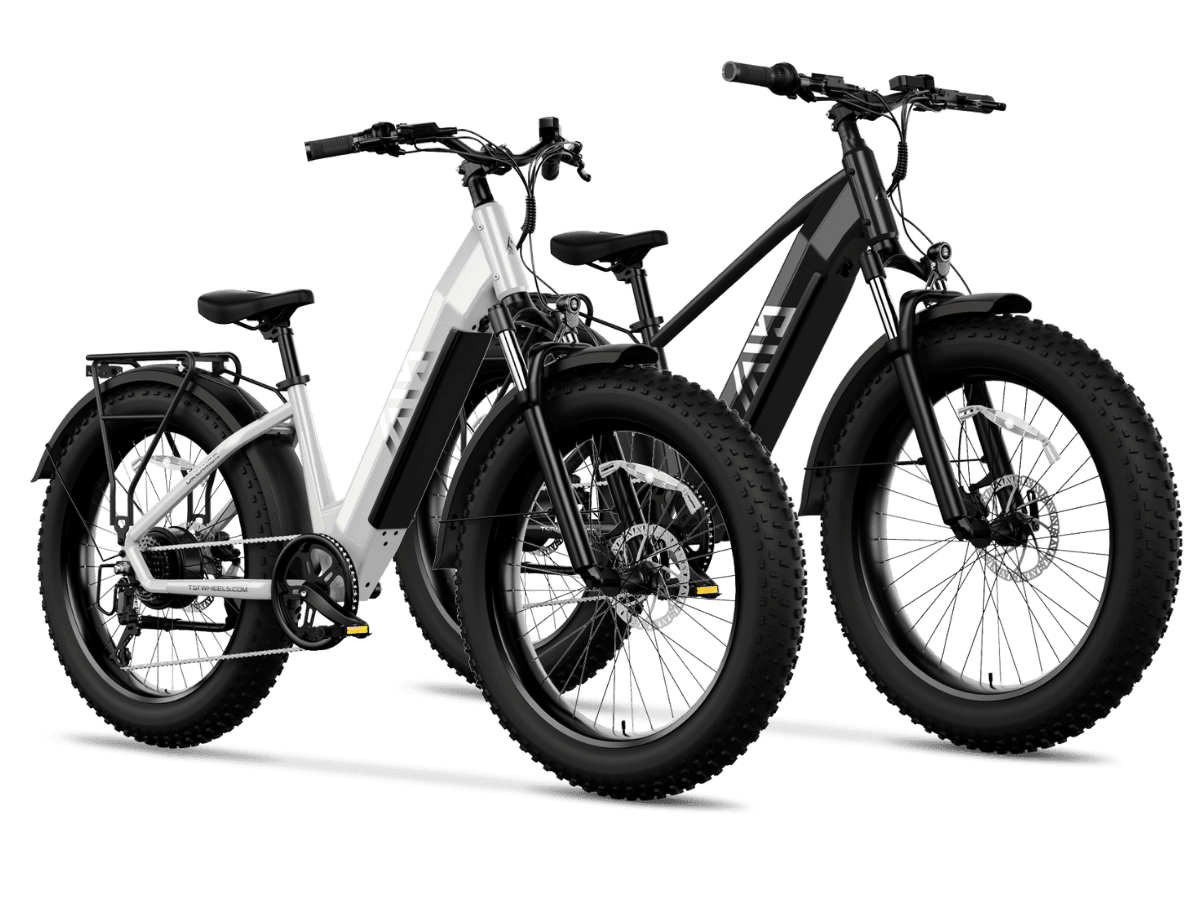
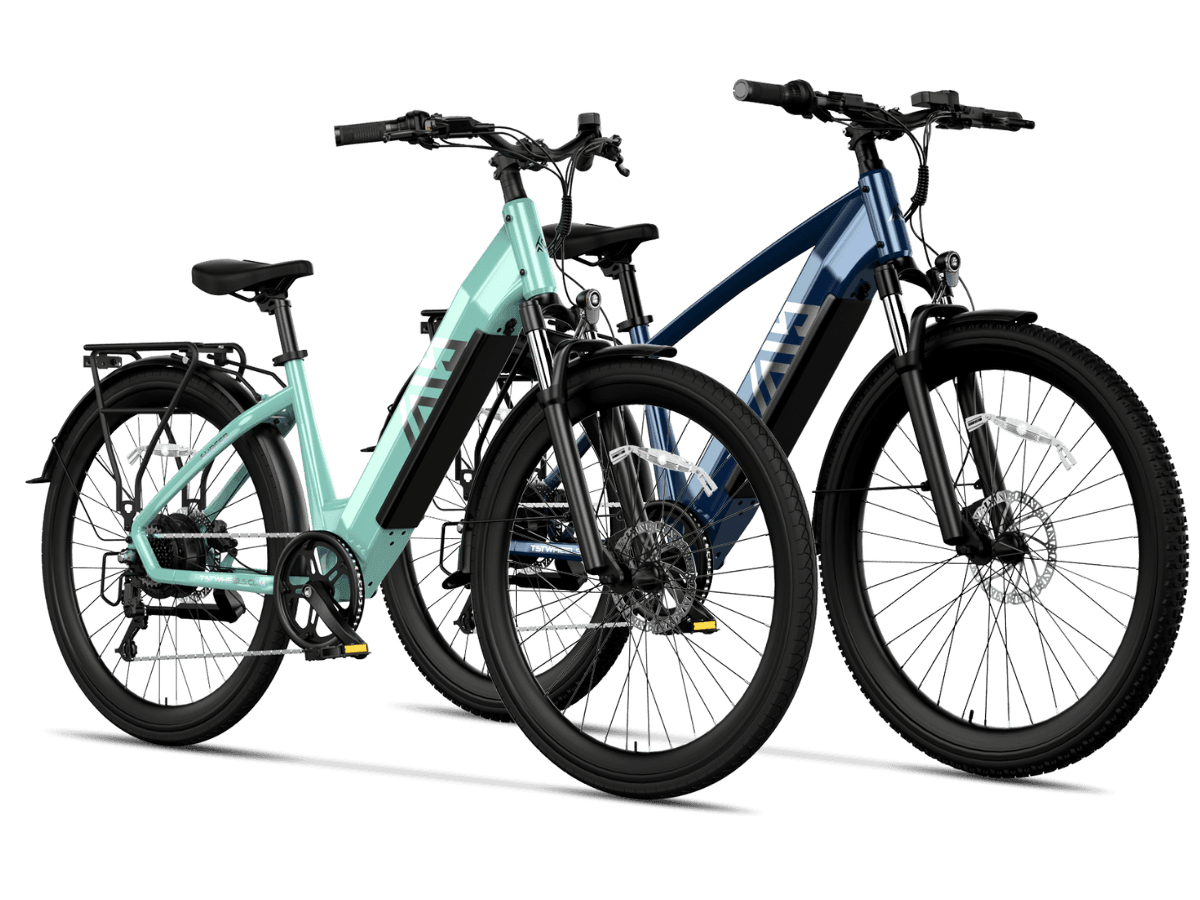
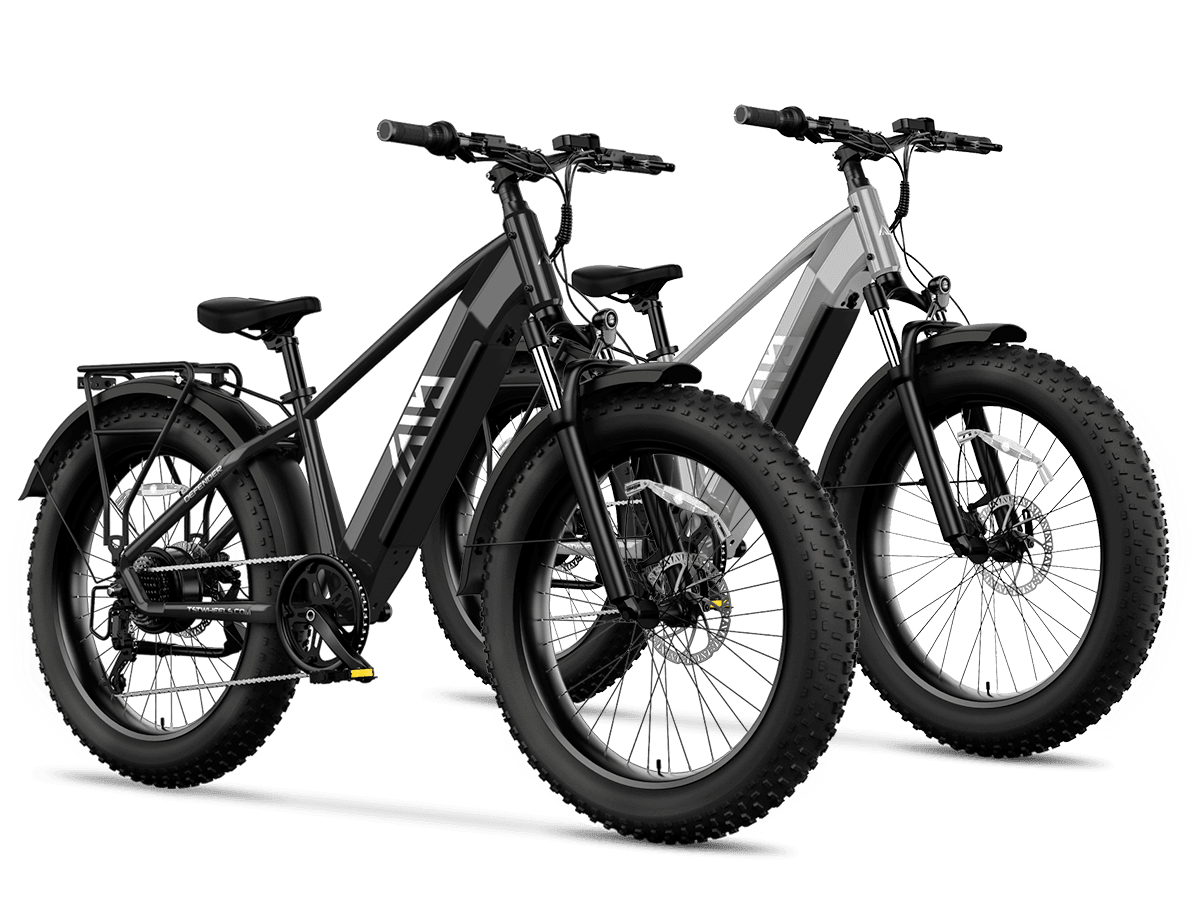
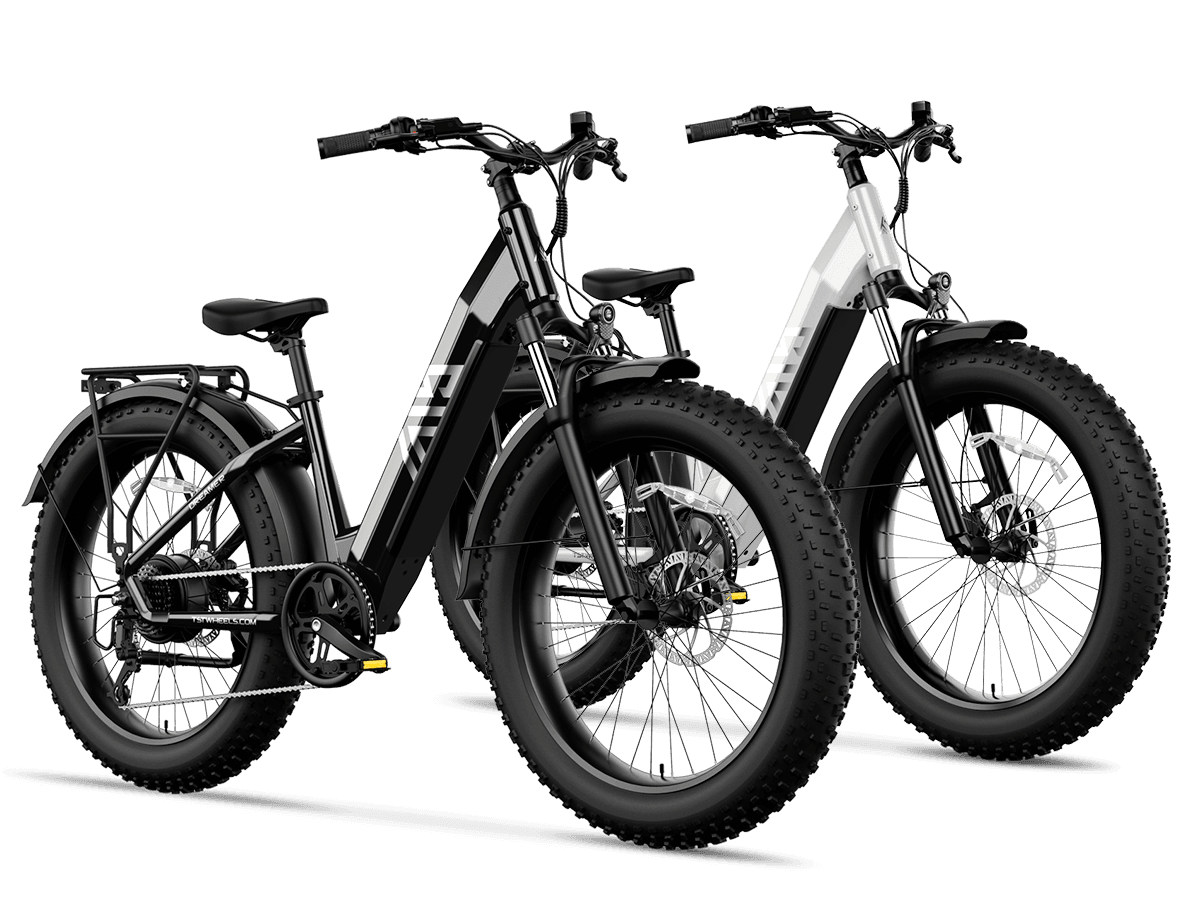
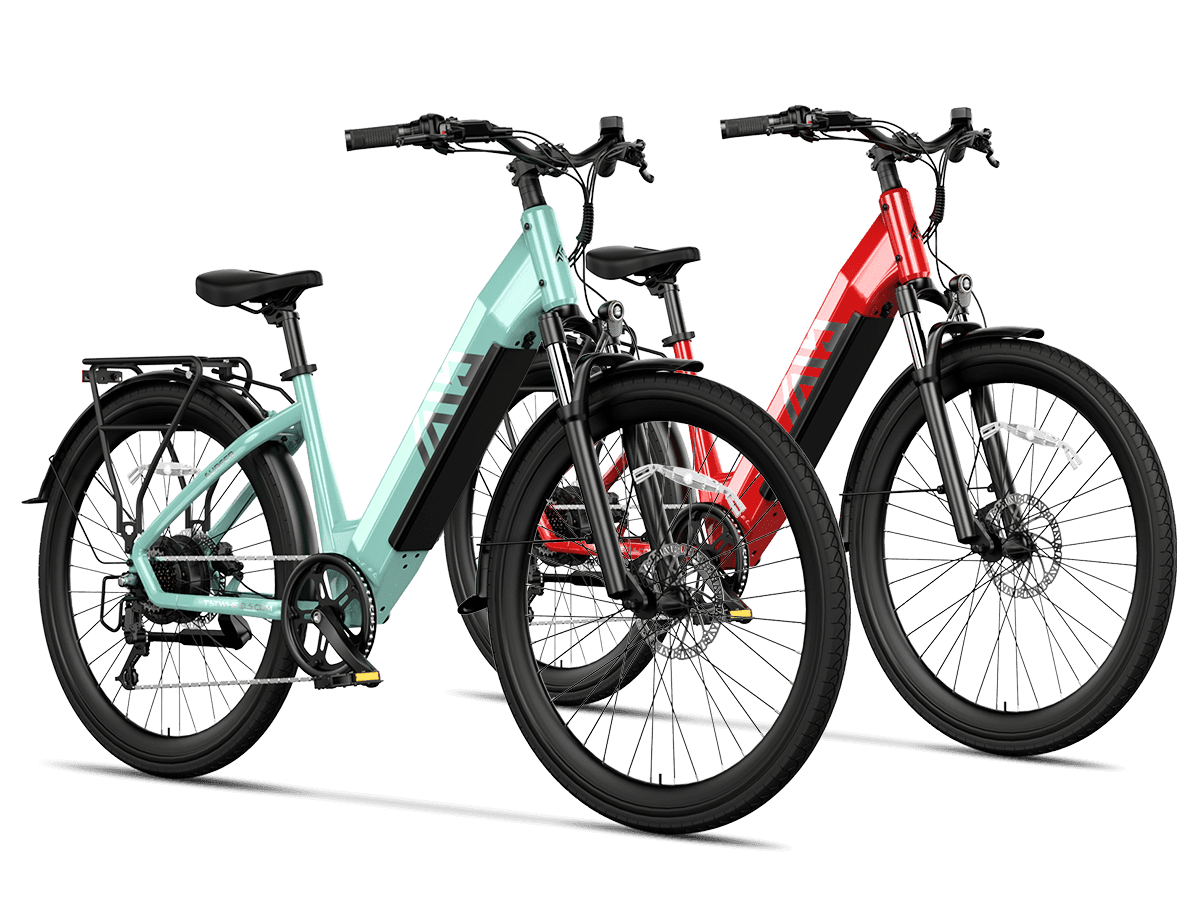
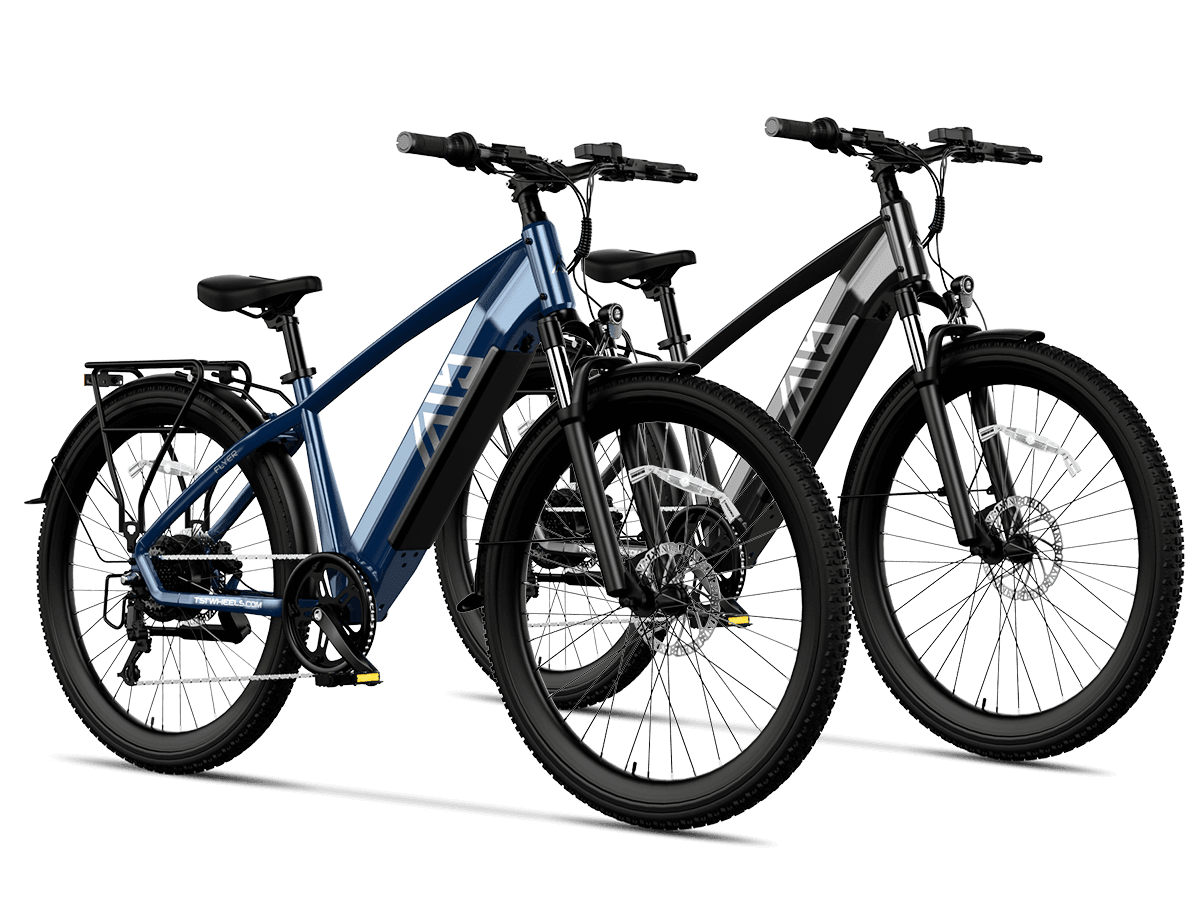



Leave a comment
This site is protected by hCaptcha and the hCaptcha Privacy Policy and Terms of Service apply.